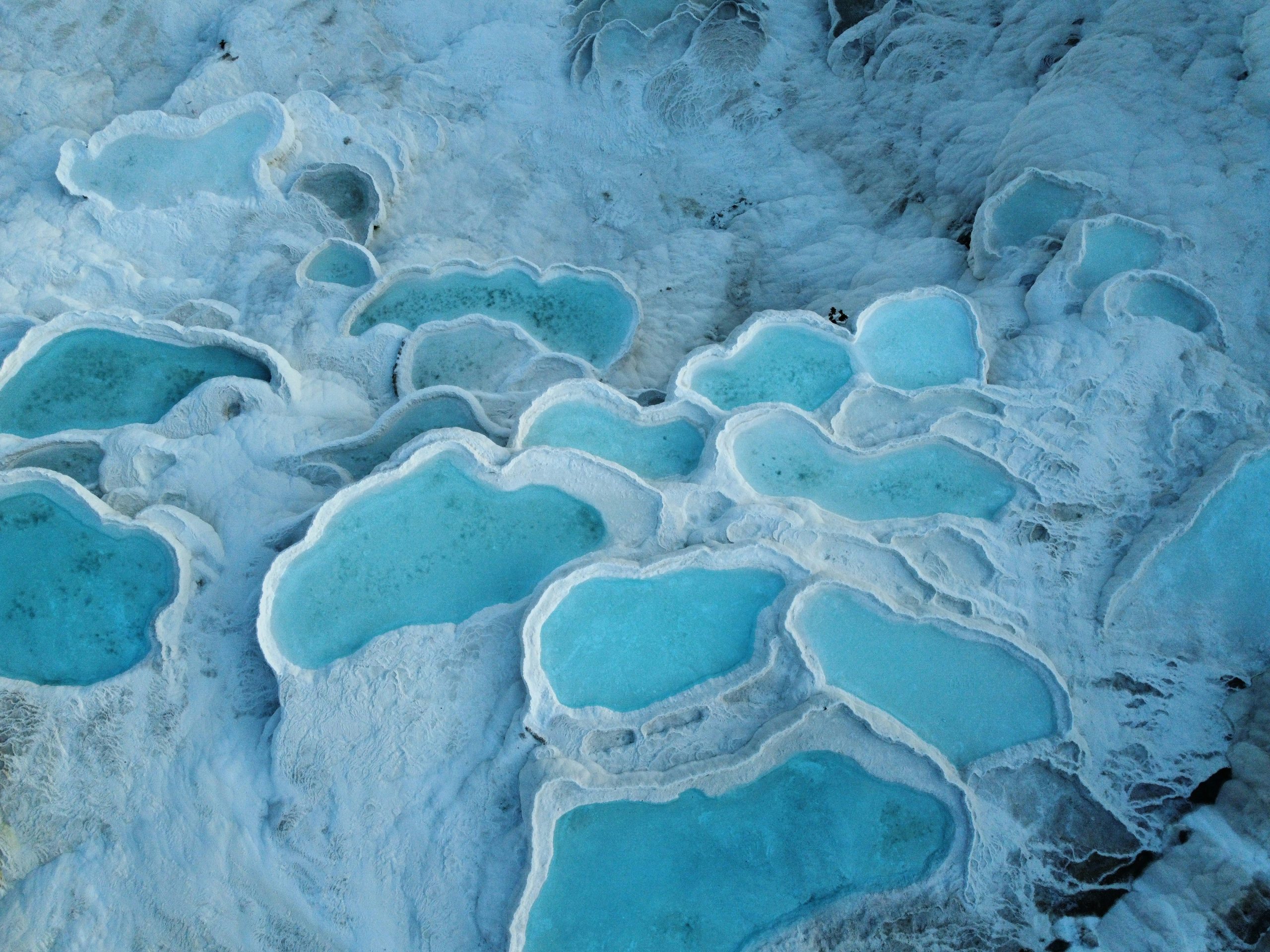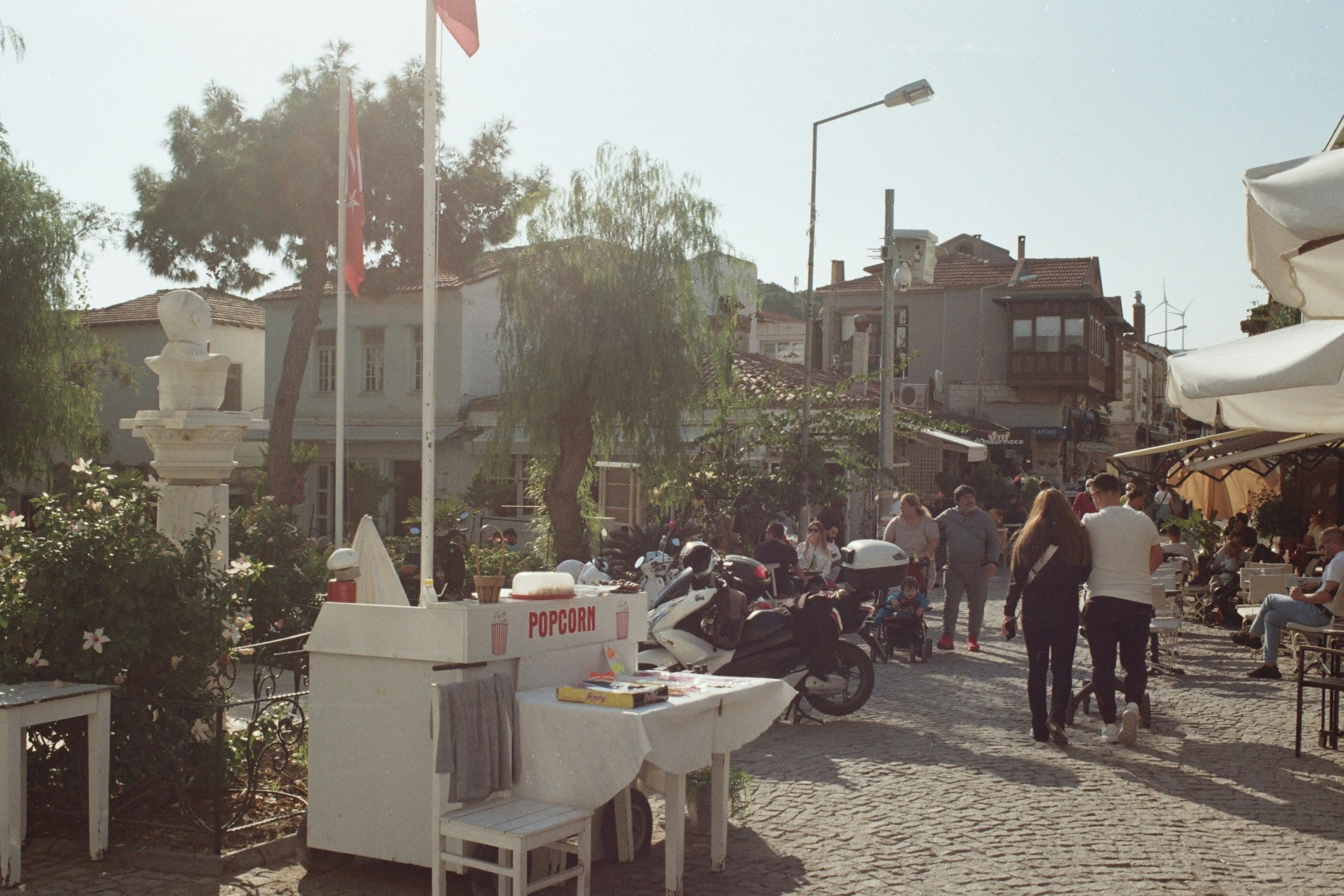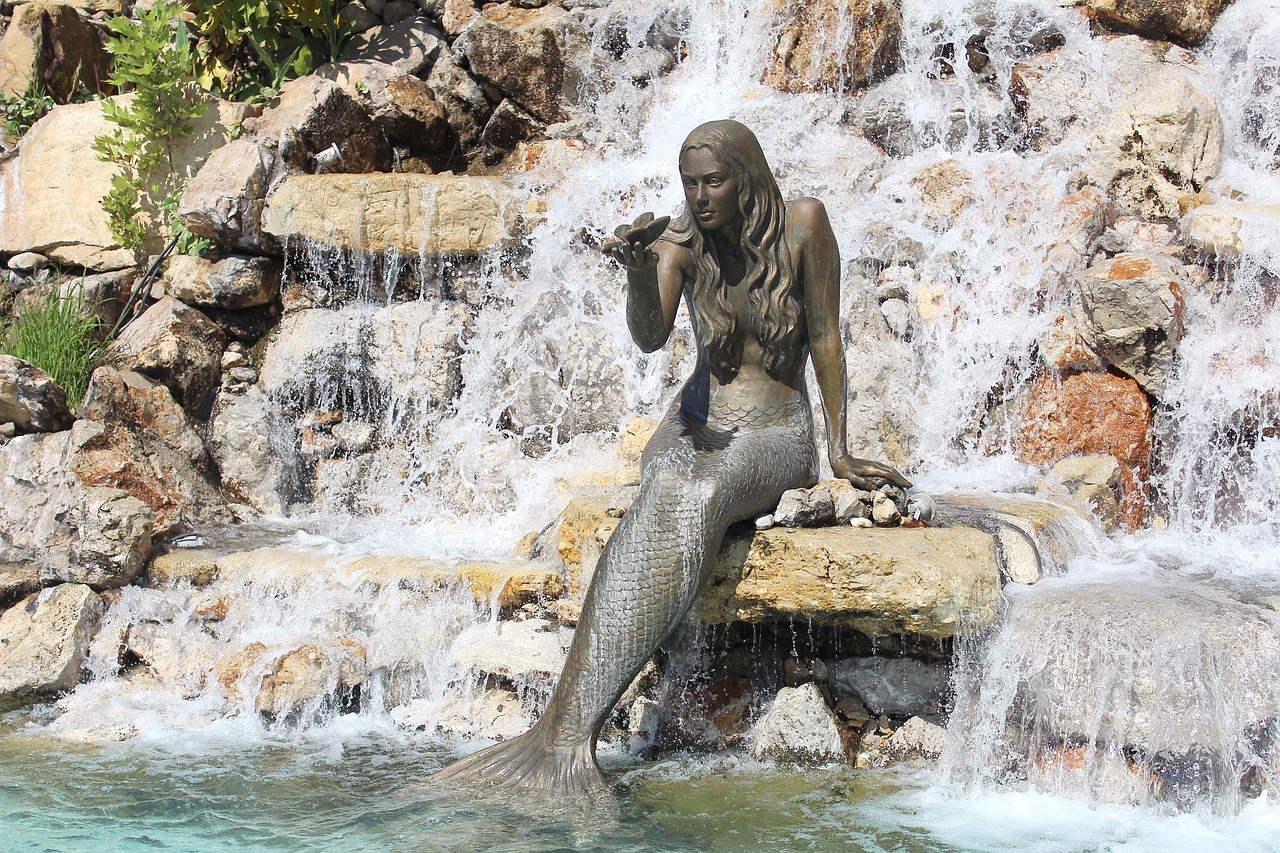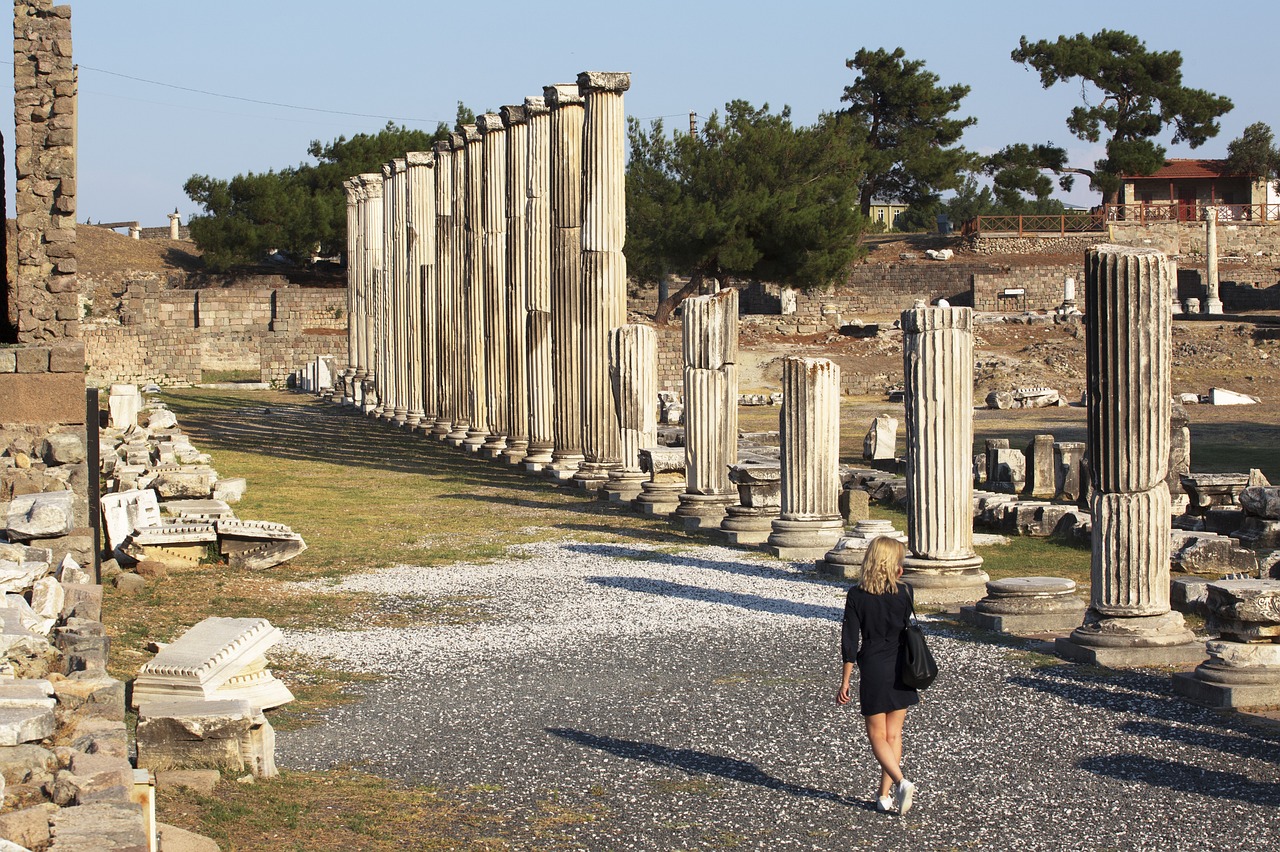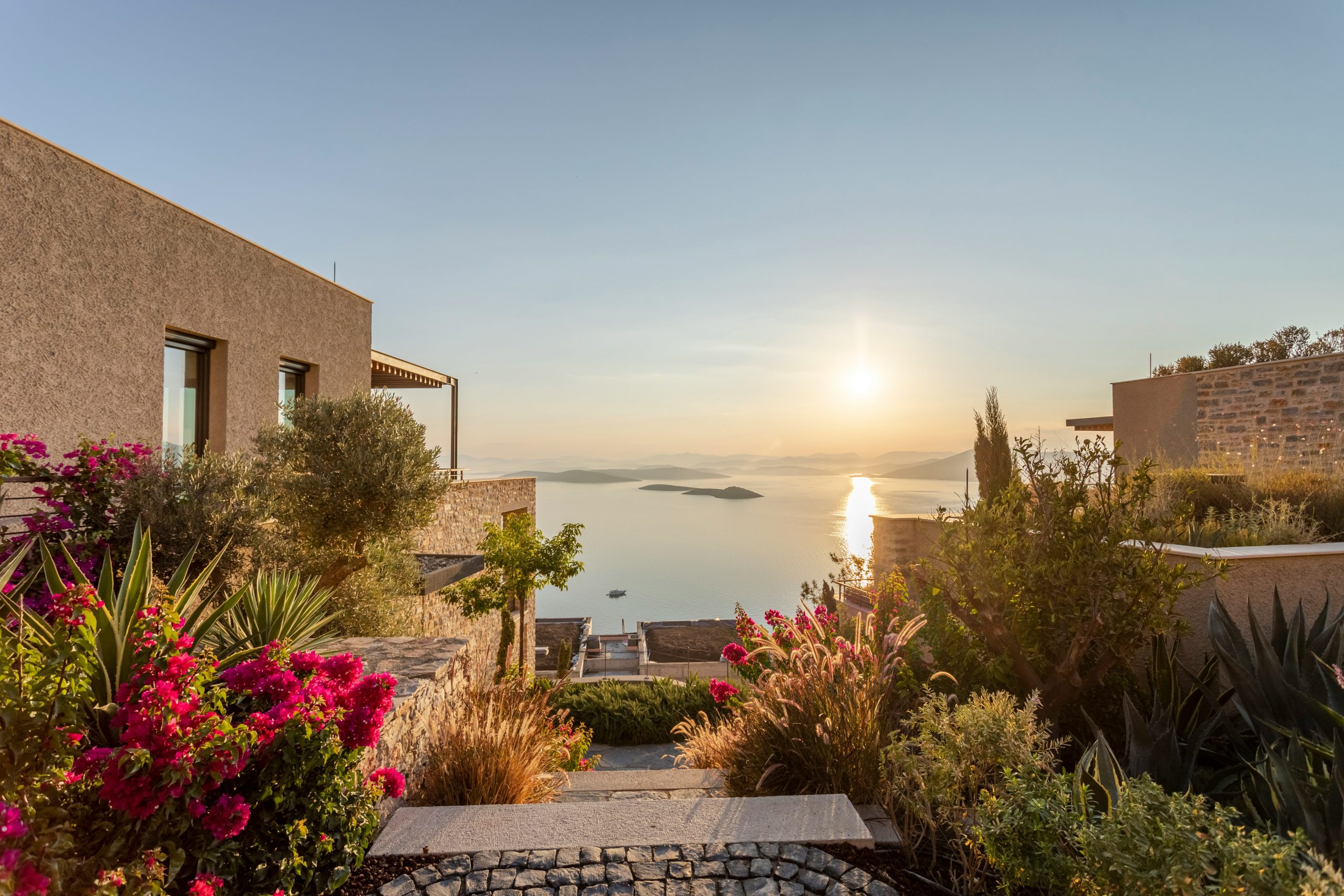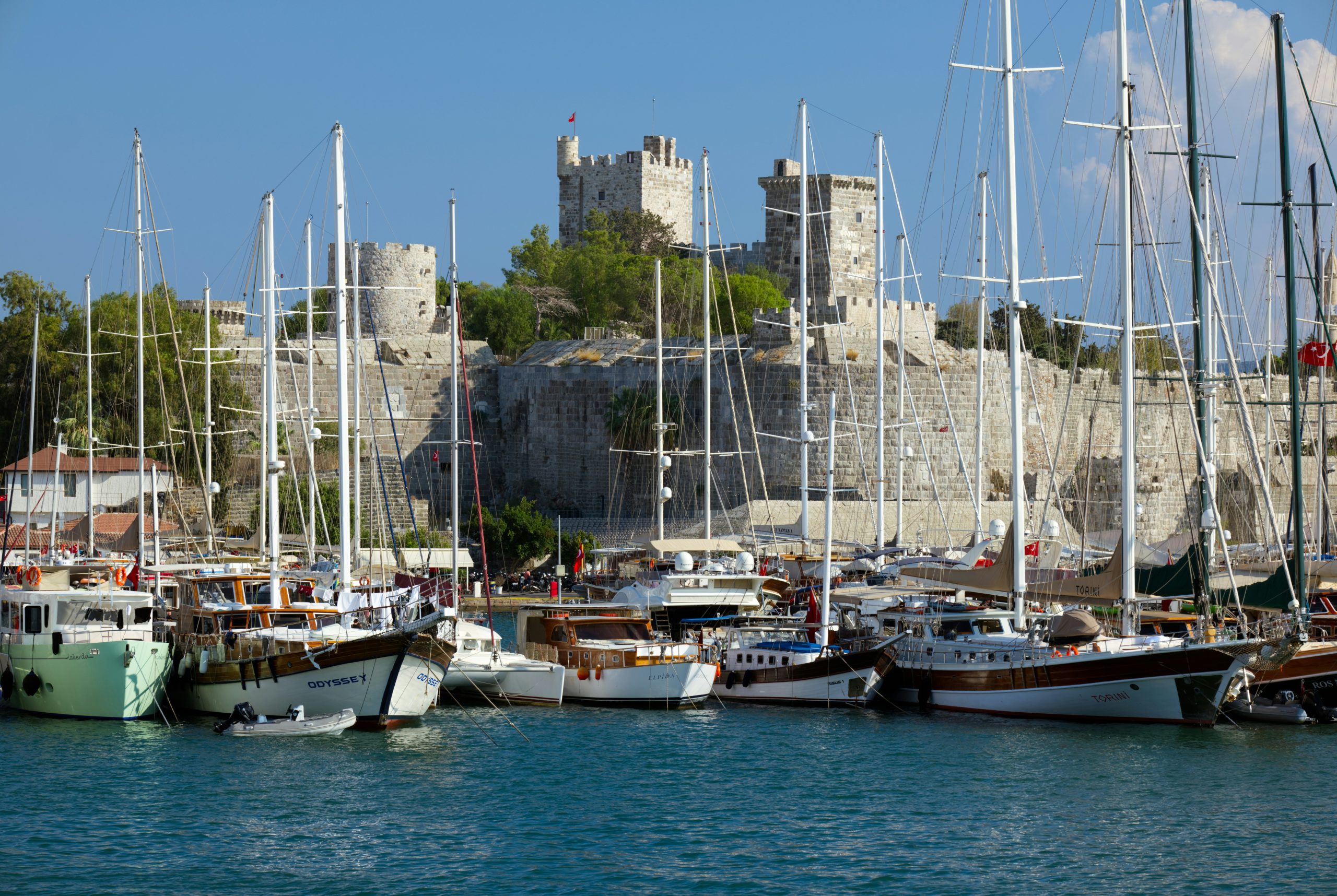Faaborg, Denmark: The Ultimate Travel Guide 2025

Faaborg, located on the southwestern coast of Funen, offers visitors a charming and relaxed atmosphere with beautiful coastal views. The town is perfect for a peaceful getaway, with its picturesque harbor, cobbled streets, and quaint town square lined with cafés and shops. A stroll along the waterfront provides lovely views of the surrounding islands and a chance to watch the boats come and go. The town's old-world charm combined with modern amenities makes it an ideal base for exploring Funen's natural beauty.
One of the highlights of Faaborg is the nearby Svanninge Bakker, a rolling hill landscape offering hiking trails with panoramic views of the surrounding countryside and coast. The area is known for its natural beauty, perfect for outdoor enthusiasts looking to explore on foot or by bike. The hills are a great spot for picnics, photography, or simply enjoying the tranquility of nature. Nearby, Faaborg also offers easy access to beaches, including the popular Faaborg Beach, perfect for swimming or relaxing by the sea.
Faaborg also has a vibrant cultural scene, with several museums and art galleries to explore. The Faaborg Museum is a great stop for art lovers, showcasing works by local artists as well as Danish masters. The town hosts a number of festivals throughout the year, including a popular annual music festival, which attracts both locals and visitors. Whether you're wandering the picturesque streets, hiking in the nearby hills, or enjoying the local arts and events, Faaborg provides a relaxing yet enriching experience for travelers.
Table of Contents
- History of Faaborg
- Faaborg in the Early Settlement Period
- Faaborg in the Middle Ages
- Faaborg in the Renaissance and Early Modern Period
- Faaborg in the 19th and 20th Centuries
- Best things to do and See in Faaborg
- 10 Best Day Trips from Faaborg
- Where to Stay in Faaborg
- Best Time to Visit Faaborg
- Visiting Faaborg in Winter
- Visiting Faaborg in Spring
- Visiting Faaborg in Summer
- Visiting Faaborg in Autumn
- How to get to Faaborg
History of Faaborg
Faaborg in the Early Settlement Period
The area around Faaborg has been inhabited for centuries, with evidence of early settlement dating back to the Iron Age. Archaeological findings suggest that the region was once a bustling center for trade, thanks to its proximity to the sea. During these early periods, Faaborg likely began as a small fishing village, where local inhabitants relied on the surrounding waters for sustenance and trade. However, it wasn’t until the medieval era that the settlement began to develop more distinctly into the town we recognize today.
Faaborg in the Middle Ages
By the 12th century, Faaborg had grown into a more established settlement. The town’s natural harbor played a key role in its development as a trading hub, particularly for agricultural goods and fish. During this period, the town was granted market rights, which further boosted its economic importance. The medieval town was characterized by its simple, yet functional, timber buildings and cobbled streets. Its growth was tied to its maritime activities, as boats and ships from surrounding regions began to dock in the harbor for trade and commerce.
Faaborg in the Renaissance and Early Modern Period
In the 16th and 17th centuries, Faaborg’s economic importance grew even further with the establishment of more formal trade routes and the arrival of shipbuilding activities. The town became a key point for the export of goods such as grain, timber, and fish. It was also during this time that Faaborg began to grow into a regional center for administration and culture. Several buildings from this era, including the town hall and some of the town’s old merchant houses, remain today as a testament to its increasing prosperity.
Faaborg in the 19th and 20th Centuries
The 19th century saw significant changes in Faaborg, with industrialization and the expansion of transportation networks, particularly the arrival of the railroad, transforming the town. The harbor continued to play a vital role, though its commercial activity shifted, as new industries and more modern shipping methods began to dominate. During this time, Faaborg also became a popular destination for Danish artists, with a number of painters drawn to the town’s stunning coastal landscapes.
In the 20th century, Faaborg experienced both growth and decline, as it faced the challenges of modernity. However, despite these changes, the town remained an important cultural and tourist destination. Today, Faaborg maintains much of its historical charm, with preserved buildings and a vibrant local culture that continues to attract visitors from all over the world.
Visiting Faaborg for the first time and wondering what are the top places to see in the city? In this complete guide, I share the best things to do in Faaborg on the first visit. To help you plan your trip, I have also included an interactive map and practical tips for visiting!
This website uses affiliate links which earn a small commission at no additional cost to you.
Best things to do and See in Faaborg
1. Faaborg Museum
The Faaborg Museum is a must-see for art lovers, located in the heart of Faaborg. The museum is housed in a beautiful building that blends modern architecture with historical features, making it a piece of art in itself. It features a collection of Danish art from the late 19th and early 20th centuries, including works by prominent Danish artists such as the Fynboerne group, who were inspired by the local scenery. Visitors can also enjoy temporary exhibitions that showcase contemporary Danish art.
Entry to the museum is around 60 DKK, and it’s typically open from 10 AM to 5 PM during the summer months. The museum is a great place to spend a few hours, especially if you’re interested in learning more about Denmark’s artistic heritage and the region’s influence on its painters. The peaceful setting and intimate galleries provide a quiet, enriching experience.
2. Svanninge Bakker
Svanninge Bakker, or the “South Funen Alps,” is a beautiful area of rolling hills, forests, and valleys just outside Faaborg. This natural reserve is perfect for those who enjoy hiking and outdoor activities. The hills offer breathtaking views of the surrounding landscape and coastline, making it an ideal spot for photography or a leisurely walk. There are several marked hiking trails that lead you through the dense forests and past scenic viewpoints, providing an excellent opportunity to explore the area’s diverse flora and fauna.
There is no entry fee to the park, and it is open year-round. It’s best visited in spring and summer when the area is lush and green, though autumn also offers stunning foliage. Svanninge Bakker is a great escape for nature lovers, offering peace and tranquility just a short drive from Faaborg.
3. Horne Rundkirke
Horne Rundkirke, located a few kilometers from Faaborg, is a unique round church with a rich history. This medieval church is one of the few of its kind in Denmark, built in the 12th century with a circular design. The church is a fine example of medieval architecture, and visitors can admire its impressive stone walls and beautiful frescoes. The church has also served as a fortress over the centuries, adding to its historical significance.
Entry is free, but donations are encouraged. It is open during daylight hours, and visitors are welcome to admire the church’s exterior and its surroundings. It’s a peaceful place to visit, offering a unique architectural experience in the quiet countryside near Faaborg.
4. Faldsled Havn
Faldsled Havn is a picturesque fishing village and harbor just a short drive from Faaborg. The harbor is a great place to enjoy a peaceful day by the water, watching fishing boats come and go. It’s an ideal spot for a leisurely walk along the docks or to sit at a local café with a view of the sea. The village also has a number of charming shops and restaurants, where you can enjoy fresh seafood and other local specialties.
The harbor area is free to access and open year-round. The best time to visit is during the warmer months, when the town is more lively and the weather is ideal for enjoying the seaside atmosphere. It’s a perfect spot for a relaxing afternoon, whether you’re exploring the quaint streets or just soaking up the coastal charm.
5. Faaborg Fjord
Faaborg Fjord is one of the most scenic areas around the town, offering stunning views of the coastline and nearby islands. Visitors can enjoy boat trips around the fjord, taking in the natural beauty of the area. The fjord is surrounded by picturesque villages, forests, and fields, making it an excellent spot for outdoor activities like kayaking, sailing, or hiking along the shores. It’s also a popular destination for birdwatching, as the area is home to a variety of bird species.
There are several boat tour operators in Faaborg offering guided trips around the fjord, with prices typically ranging from 100 DKK to 300 DKK, depending on the tour length. It’s a great way to experience the beauty of the region from the water and explore its diverse wildlife. The fjord is accessible year-round, but summer is the best time to visit, as the weather is ideal for outdoor exploration.











